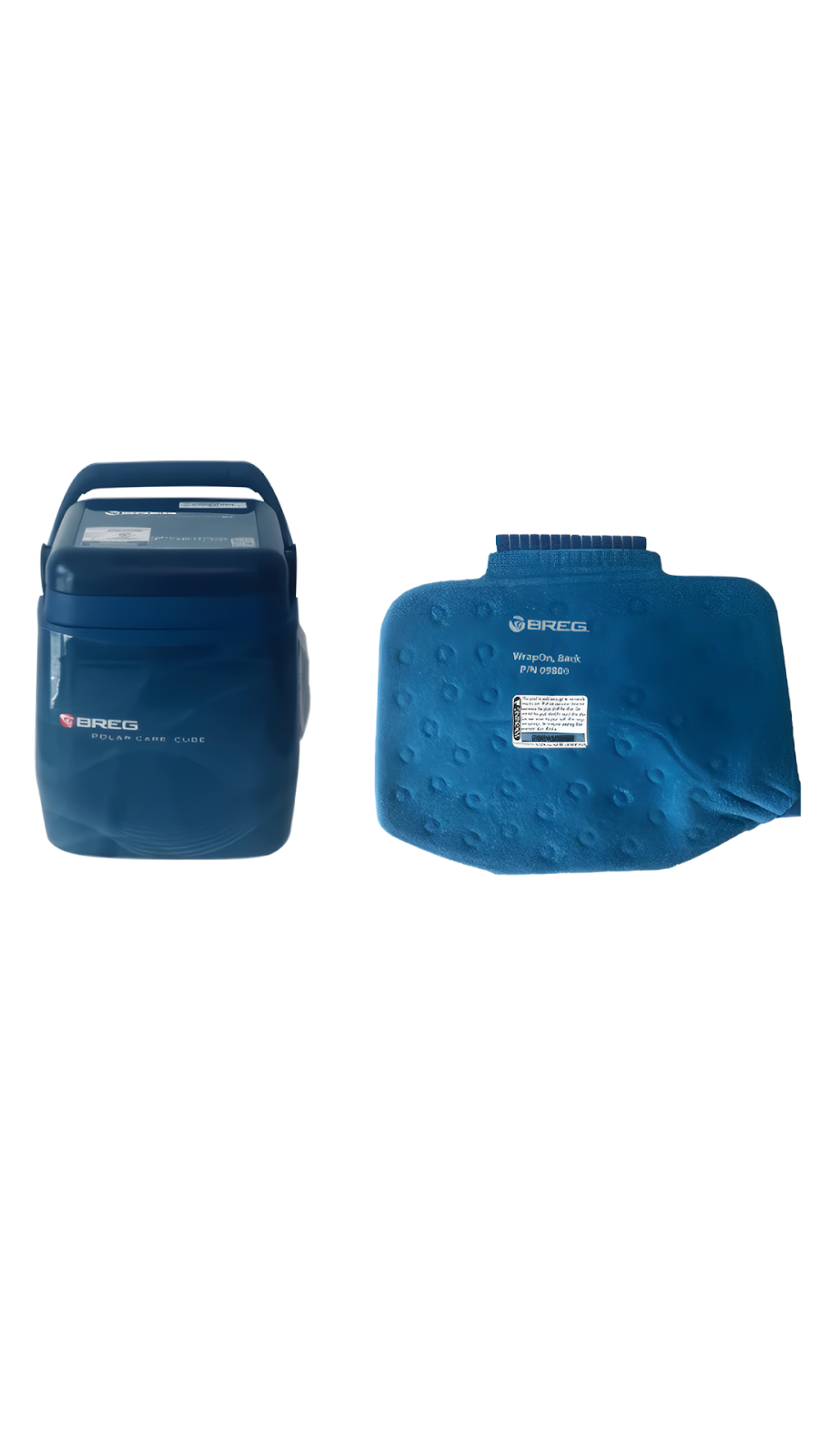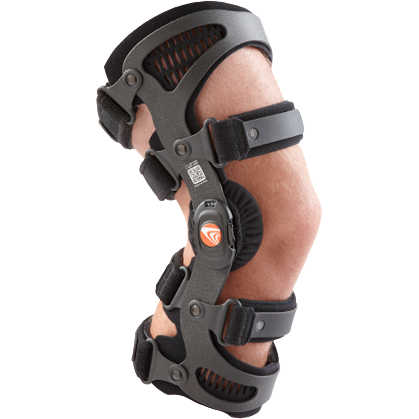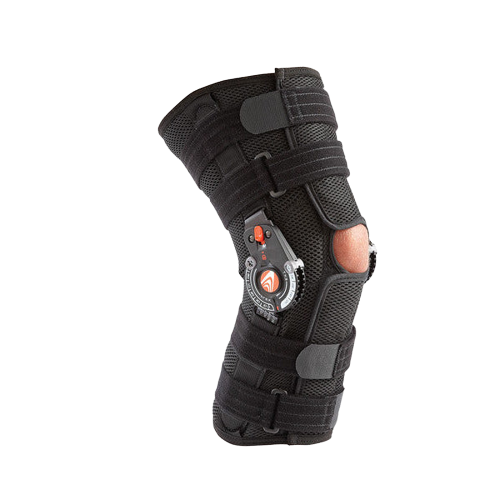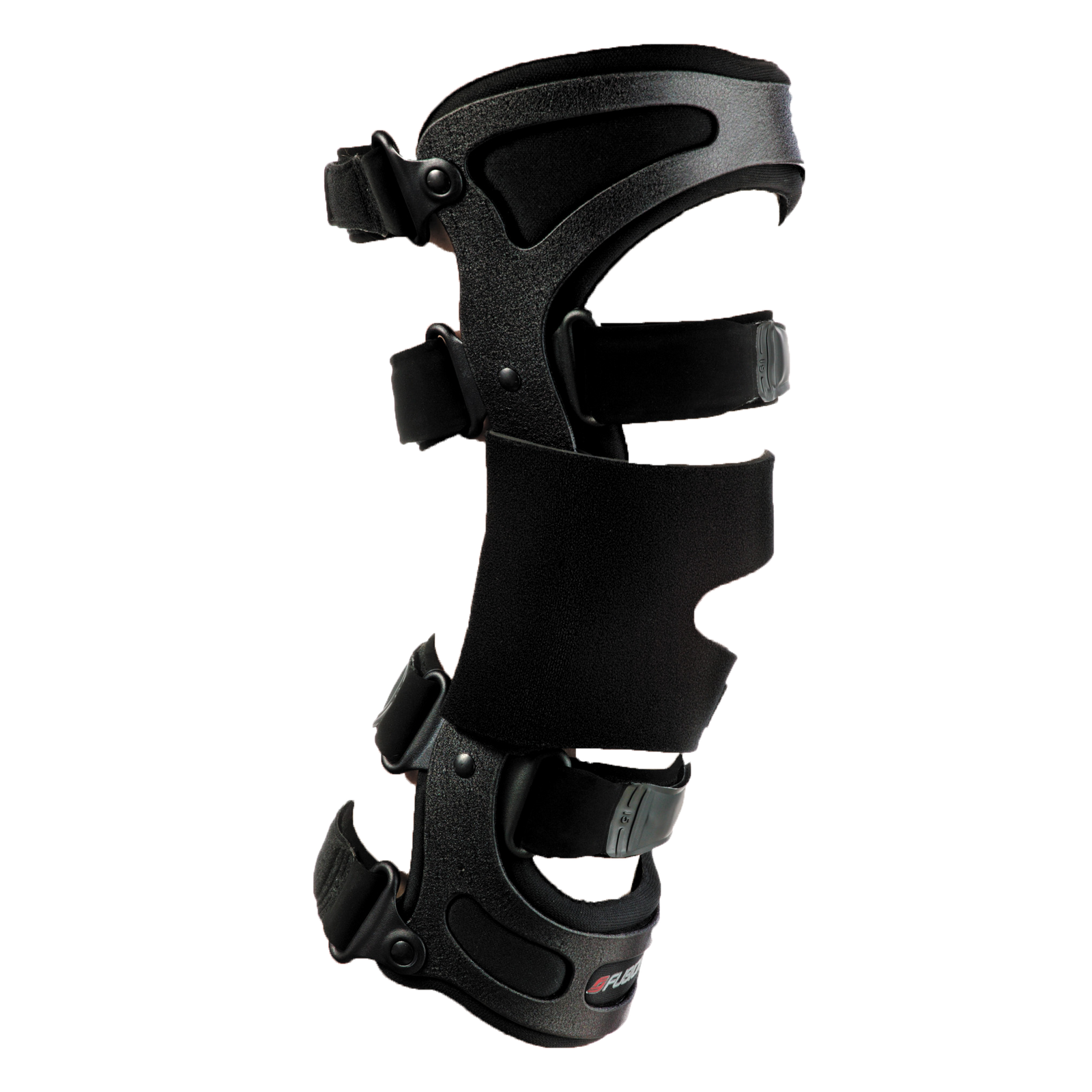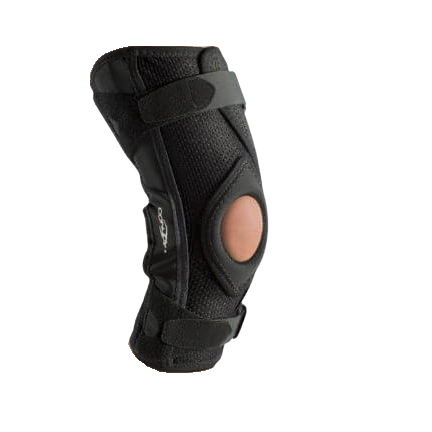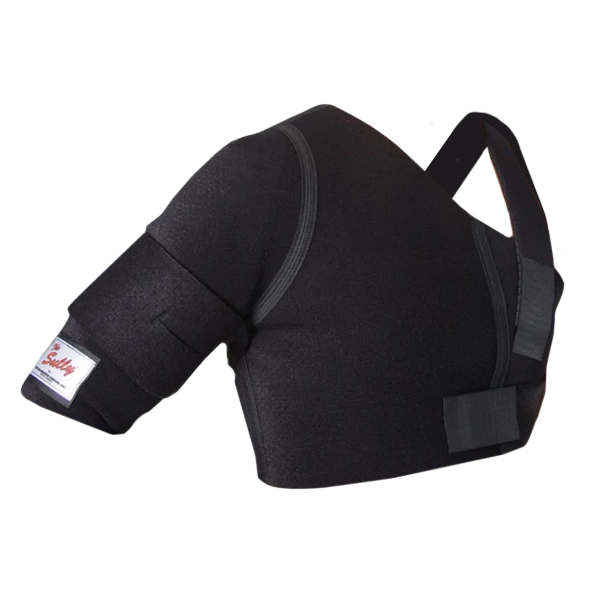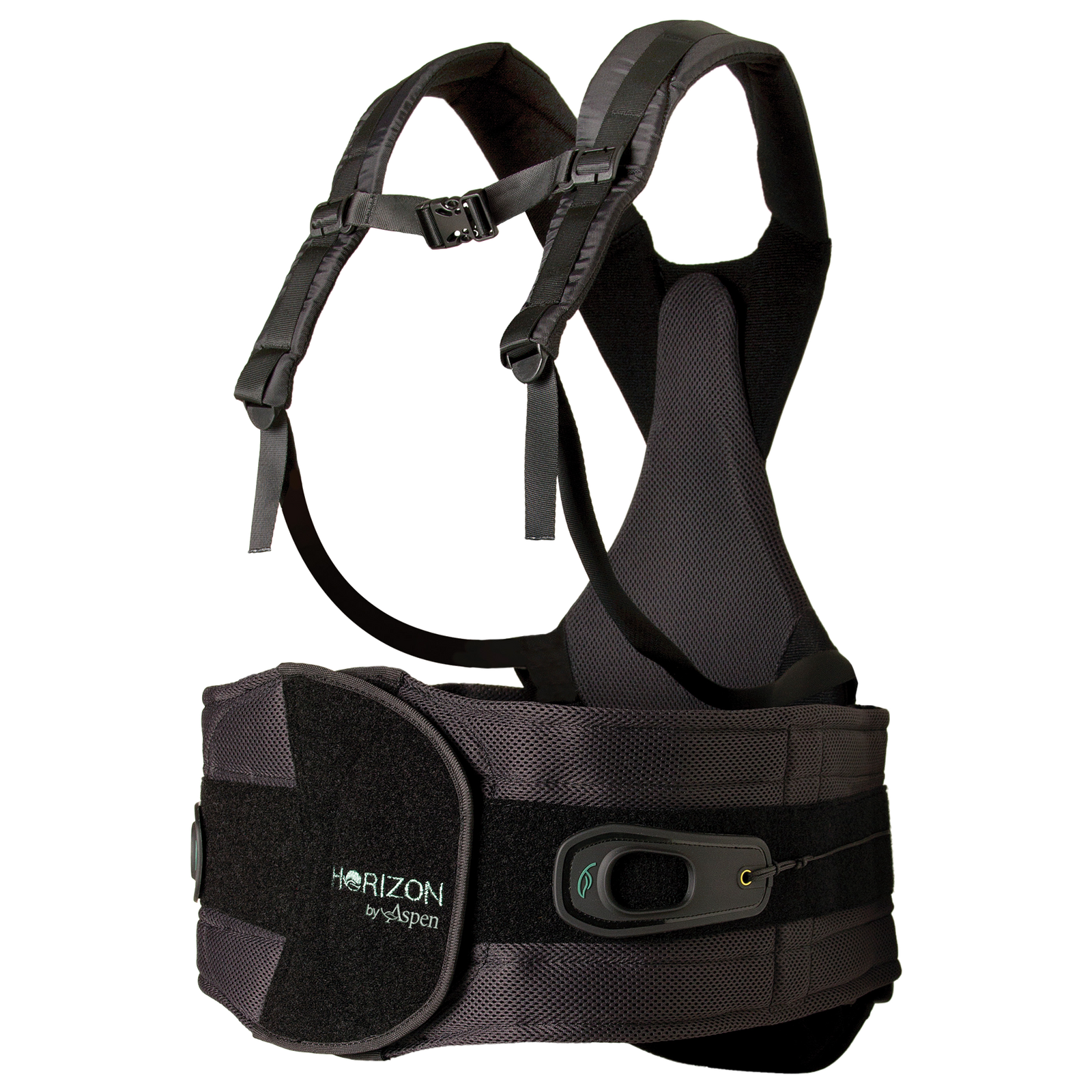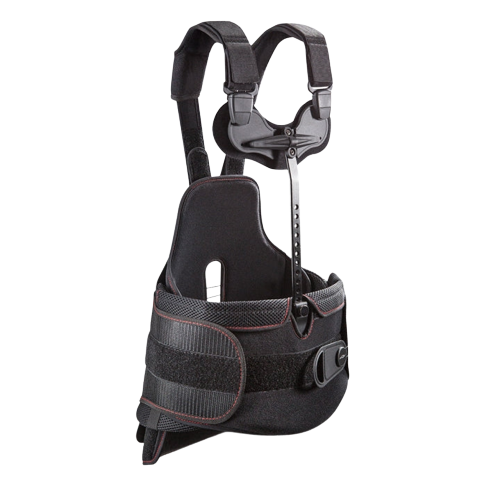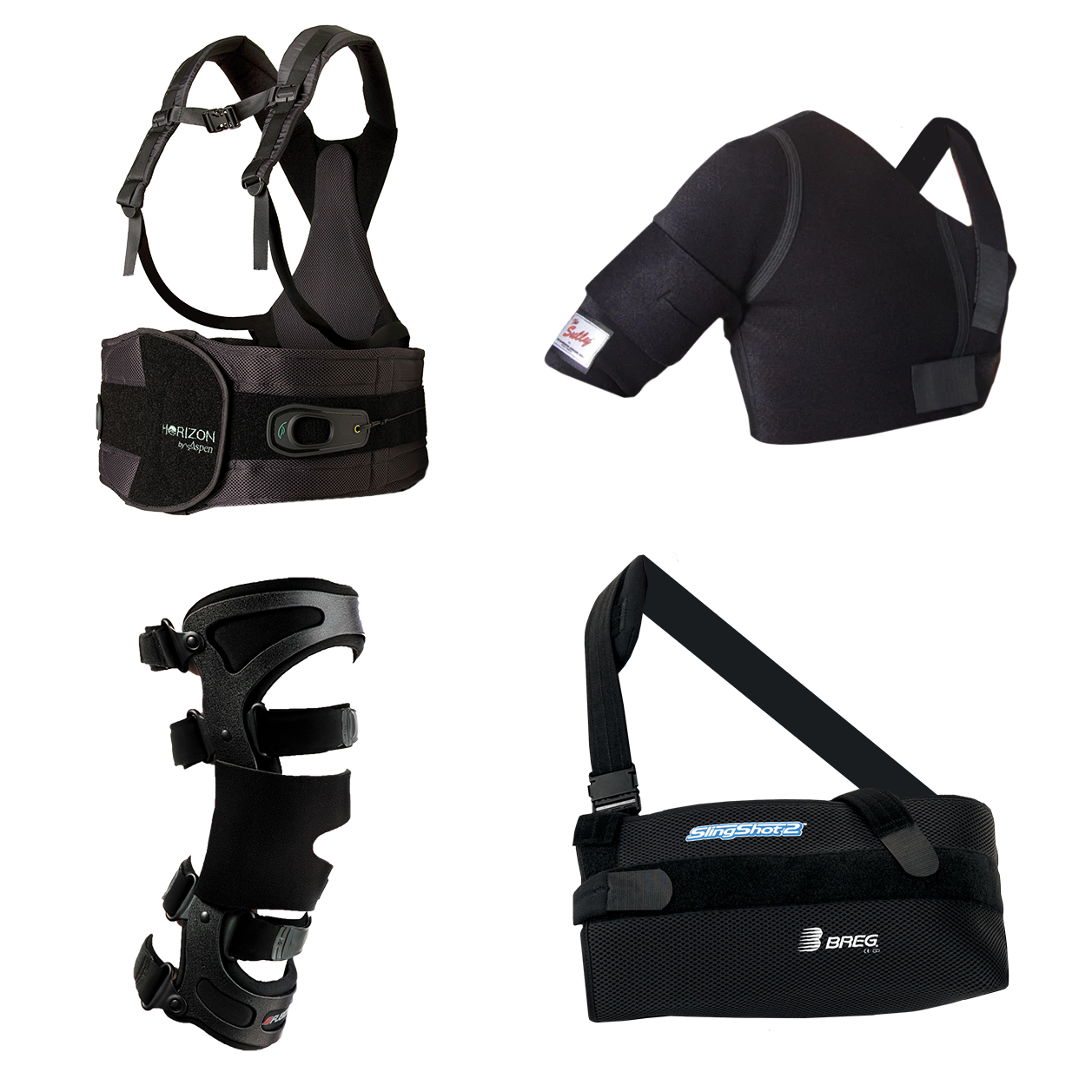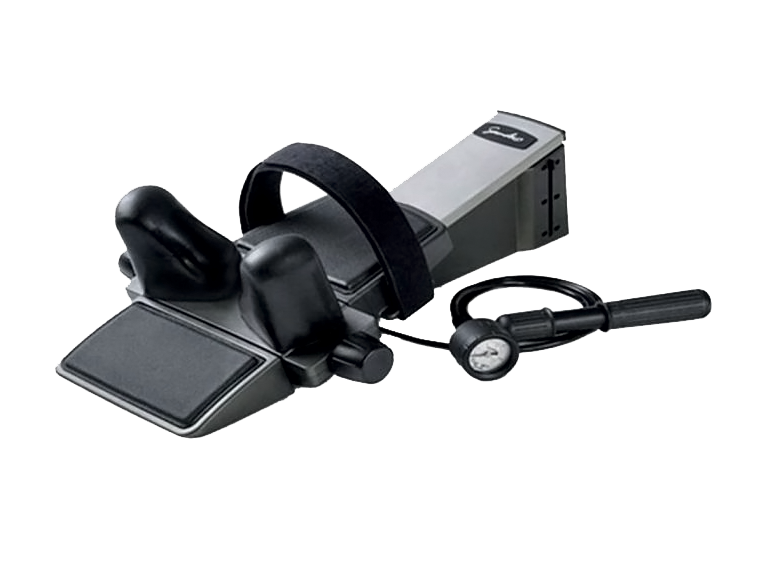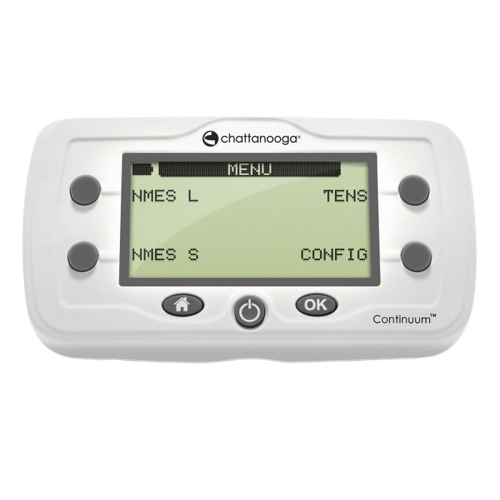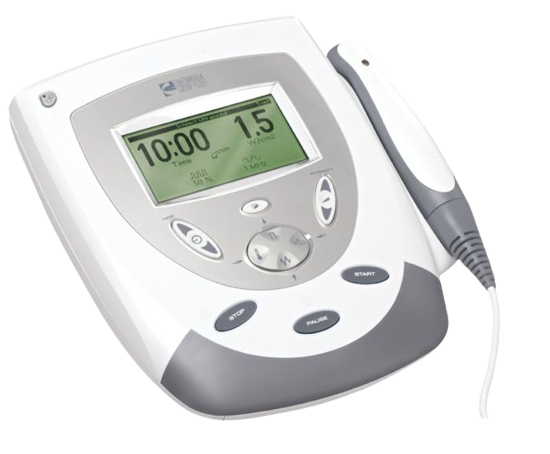
Key Takeaways:
- Understand the Procedure: Spinal fusion stabilizes the spine by fusing vertebrae to reduce pain and correct spinal conditions.
- Explore Non-Surgical Options: Physical therapy, bracing, and lifestyle changes can be effective alternatives to surgery.
- Prioritize Recovery: Effective post-surgery recovery includes pain management, physical therapy, and regular follow-ups with your healthcare provider.
At OrthoBracing, our dedication goes beyond providing superior orthopedic bracing and support solutions; we strive to empower individuals with the knowledge and resources needed to make informed decisions about their health. Understanding spinal fusion symptoms and exploring the realm of treatments aligns with our mission to enhance lives and light the path for those seeking relief from debilitating back conditions.
Spinal fusion is a surgical procedure aimed at alleviating chronic back pain by permanently joining two or more vertebrae, eliminating movement between them. Symptoms leading to spinal fusion often include persistent pain, weakness, numbness, or reduced mobility caused by conditions like degenerative disc disease, scoliosis, or spinal fractures. Treatment options range from conservative measures, such as physical therapy and pain management, to surgical intervention, like spinal fusion, which provides long-term relief for many patients.
This article aims to inform, support, and guide readers through the symptoms that often lead to spinal fusion surgery and the innovative treatment options that can pave the way for a more active and pain-free life.
Understanding Spinal Fusion: What It Is and Why It’s Needed
Spinal fusion is a surgical procedure designed to link together two or more vertebrae within the spine. The primary aim of this surgery is to eliminate motion between vertebrae segments, which could be the source of significant back pain for a patient. Over time, the fused vertebrae heal into a single, solid bone. This process is not done capriciously but stems from a need to restore stability to the spine, correct deformities, or reduce pain attributed to spinal conditions.
The reasons necessitating a spinal fusion can vary widely among patients. Common spinal fusion symptoms and conditions leading to the necessity for this procedure may include degenerative disk disease, spondylolisthesis (slippage of one vertebra over the one below it), scoliosis, spinal fractures, or weakness or instability in the spine (often as a result of infections or tumors).
Orthobracing understands the challenges faced by individuals undergoing spinal fusion surgery and is committed to supporting their journey toward recovery. Our range of back supports and braces are designed to facilitate a comfortable recovery process, providing the necessary support to promote healing and enhance the spine's integrity post-surgery.
Common Spinal Fusion Symptoms: Signs That Surgery May Be Needed
While a thorough diagnosis from a qualified healthcare professional is crucial, familiarizing yourself with common symptoms that often lead to this surgery can be helpful:
- Chronic Back Pain: One of the most prevalent symptoms leading to the consideration of spinal fusion is long-standing, persistent back pain that doesn't respond well to non-surgical treatment methods such as physical therapy, medication, or bracing.

- Numbness or Weakness: If you experience numbness, tingling, or weakness in your limbs, it could be a sign that there's pressure on the spinal cord or nerves that may be relieved by spinal fusion surgery.
- Difficulty Walking or Standing: Changes in how you walk or an inability to stand upright without pain can indicate spinal instability or deformity that spinal fusion might address.
- Reduced Range of Motion: A noticeable decrease in flexibility or range of motion in the spine, making daily activities challenging, could suggest that spinal fusion surgery is needed.
- Visible Deformity: In some cases, physical signs such as a noticeable curve or hump on the back might indicate conditions like scoliosis or spondylolisthesis, which spinal fusion surgery can often correct.
- Pain That Radiates Down the Legs: Chronic pain that extends from the lower back down through the buttocks and legs, often referred to as sciatica, can be a symptom of a problem that spinal fusion may alleviate.
If you're experiencing any of these spinal fusion symptoms, it’s important to consult with a healthcare professional for a comprehensive evaluation. Early diagnosis and treatment are key to preventing complications and improving your quality of life.
Root Causes Of Spinal Fusion
Understanding the root causes of spinal fusion is crucial for preventing chronic back issues and making informed decisions about treatment. Spinal fusion is typically performed to address underlying conditions that cause persistent pain or instability in the spine. Common causes include degenerative disc disease, traumatic injuries, scoliosis, or spinal deformities.
Let's delve into some of these common culprits:
Degenerative Disc Disease
One of the most common root causes necessitating spinal fusion is degenerative disc disease. As individuals age, the intervertebral discs, which act as cushions between the vertebrae, can deteriorate. This deterioration can lead to reduced disc height and loss of spinal flexibility, causing pain and instability. Spinal fusion aims to restore spinal stability by eliminating the motion at a problematic disc level.
Spondylolisthesis
Spondylolisthesis is a condition where one vertebra slips forward over another, often due to a fracture or a congenital weakness in the vertebrae. This can cause significant pain and nerve compression. In such cases, a spinal fusion may be recommended to realign the vertebrae and relieve pressure on the nerves.
Scoliosis
Scoliosis, a condition characterized by an abnormal curvature of the spine, can sometimes lead to severe physical deformity and pain. When non-surgical interventions fail to halt the progression of the curve or relieve pain, spinal fusion surgery can stabilize and straighten the spine as much as possible.
Trauma
Injuries from accidents can cause fractures or dislocations of the vertebrae, leading to instability and pain in the spine. Spinal fusion surgery is often necessary to heal these injuries properly, ensuring that the spine remains stable and functional.
Tumors and Infections
Though less common, tumors and infections can compromise the structural integrity of the spine, necessitating a fusion procedure to eliminate diseased vertebrae and stabilize the spine. This is crucial to address the immediate threat and prevent future spinal health issues.
How Spinal Fusion Alleviates Symptoms: The Benefits Of Surgery
Understanding the benefits of spinal fusion is crucial for individuals experiencing spinal fusion symptoms, as it offers a pathway to improved quality of life and enhanced mobility.
Reducing Chronic Pain and Discomfort
One of the primary reasons healthcare professionals recommend spinal fusion is its effectiveness in reducing chronic pain. Conditions like degenerative disc disease, spondylolisthesis, and scoliosis can cause significant discomfort.
By stabilizing the affected area of the spine, spinal fusion can considerably decrease the pain associated with these conditions, allowing patients to engage in daily activities with greater ease and less discomfort.
Restoring Spinal Stability and Alignment
Spinal conditions or injuries can compromise the spine's stability and alignment, leading to severe symptoms and decreased mobility. Spinal fusion surgery addresses these issues directly by creating a solid union between affected vertebrae. This helps restore correct alignment and significantly improves stability, preventing further damage or misalignment and alleviating associated symptoms.
Enhancing Mobility and Activity Levels
Following successful spinal fusion surgery, many patients experience a notable improvement in their mobility and overall activity levels. While the procedure aims at stabilizing a part of the spine, it often results in an increased range of motion elsewhere in the spine and body due to reduced pain and restored structural integrity.
This improvement is key for individuals eager to return to daily activities, hobbies, and sports they love, aligning with Orthobracing's mission to empower movement and enhance lives.
Supporting Long-term Spinal Health
Beyond the immediate alleviation of symptoms, spinal fusion can also have long-term benefits for spinal health. By correcting issues at their source and preventing the progression of spinal conditions, the surgery can reduce the likelihood of future complications and the need for additional interventions. This proactive approach to managing spinal conditions can contribute significantly to a patient's long-term well-being and overall quality of life.
Non-Surgical Alternatives To Spinal Fusion: Exploring Your Options
Facing back pain or spinal issues can be daunting, often leading individuals to believe that surgery is their only option. However, various effective non-surgical approaches can provide significant relief and improve quality of life. These conservative treatments focus on managing pain, strengthening the spine, and enhancing its stability.
Physical Therapy
Physical therapy is often the first line of treatment for spinal fusion symptoms. A tailored physical therapy program can strengthen the muscles surrounding the spine, improve flexibility, and decrease pain. Skilled therapists work closely with patients to develop personalized routines that target specific symptoms and conditions.
Pain Management Techniques
Pain management is crucial for individuals dealing with spinal fusion symptoms. This can include a combination of heat and cold therapy, electrical stimulation, and massage. Specialized products, such as Orthobracing's range of support solutions, can also significantly manage daily discomfort and enhance mobility without invasive procedures.
Bracing and Supports
Using braces and supports can significantly reduce pain and improve function for those experiencing spinal fusion symptoms. Orthobracing offers a variety of back supports designed to stabilize the affected area of the spine, promote proper alignment, and relieve pressure on the spinal column. These supports are engineered for comfort and durability, making them suitable for everyday use and recommended by healthcare professionals.
Lifestyle Modifications
Changes in daily activities and habits can also mitigate symptoms without surgery. This includes adopting a more ergonomic workspace, incorporating low-impact exercises into your routine, and maintaining a healthy diet to support spinal health. It’s about making conscious choices to avoid actions that exacerbate pain, giving your body the best chance to heal naturally.
Alternative Therapies
Finally, exploring alternative therapies such as acupuncture, chiropractic care, and yoga can offer additional relief. These therapies focus on the body's overall health and well-being, reducing pain and inflammation, increasing flexibility, and promoting healing. While they may not be a direct substitute for surgery, they can be valuable components of a comprehensive treatment plan.
Each alternative to spinal fusion presents an opportunity to address symptoms conservatively, emphasizing Orthobracing's commitment to enhancing lives through supportive and non-invasive solutions.
Recovery journeys vary from person to person, and finding the right combination of treatments tailored to individual needs is crucial. Encouraging an active, informed approach to managing spinal dysfunction empowers individuals to lead a more active, fulfilled life despite their challenges.
The Spinal Fusion Procedure: What To Expect Before, During, And After
The spinal fusion procedure can be a daunting prospect, but understanding what to expect before, during, and after surgery can help ease concerns and prepare you for a smoother recovery.
Before the Procedure
Preparing for spinal fusion surgery is a crucial step toward your recovery journey. Before the procedure, you will undergo several tests to ensure you are a suitable candidate. These tests may include X-rays, MRIs, and CT scans, which give your surgeon a detailed view of your spine's condition.
Your healthcare team will discuss your medical history, current medications, and any allergies to avoid post-surgical complications. It's vital to follow pre-operative instructions, such as fasting and medication adjustments, provided by your surgeon.
During the Procedure
Spinal fusion surgery is performed under general anesthesia, meaning you will be asleep and pain-free throughout the operation. The duration of the surgery can vary, generally lasting several hours, depending on the complexity of the fusion and how many vertebrae need to be fused.
During the procedure, the surgeon makes an incision to access the spine, removes the damaged disc(s) between the vertebrae, and replaces them with a bone graft. In some cases, metal plates, screws, or rods may be used to hold the vertebrae together until the bones heal and fuse. The main goal is stabilizing the spine and alleviating the symptoms of spinal fusion that cause discomfort.
After the Procedure
Recovery from spinal fusion surgery is a gradual process, and the success of your surgery largely depends on your commitment to follow through with post-operative care. Immediately after surgery, you will be closely monitored as you recover from anesthesia. It's common to experience pain, but your medical team will provide medications to manage it effectively. Hospital stay may vary from a few days to a week, depending on your case and recovery rate.
The road to full recovery requires patience and adherence to your surgeon's guidance. Physical therapy plays a crucial role, helping to strengthen the muscles around your spine and improve flexibility. Orthobracing offers a range of post-operative support products designed to aid your recovery. While the necessary time for recovery varies, embracing the journey with a positive mindset and the right support can significantly enhance your healing process.
Post-Surgery Recovery: How To Manage Spinal Fusion Symptoms Effectively
Recovering from spinal fusion surgery is a crucial period that requires careful management to ensure the best possible outcomes. After the surgery, patients often face a variety of symptoms ranging from pain at the site of the fusion to limited mobility. It’s essential to approach recovery with a supportive regimen that minimizes discomfort and facilitates healing. Here are key strategies to effectively manage spinal fusion symptoms during the post-surgery recovery period:
Follow a Structured Pain Management Plan
Pain is a common symptom following spinal fusion surgery. It is critical to work closely with your healthcare provider to outline a pain management plan. This plan may include medications, ice therapy for swelling and pain relief, and possibly the use of supportive devices. Given the precise nature of spinal fusion recovery, adhering to the prescribed pain management strategies is imperative for comfort and healing.
Incorporate Gentle Physical Therapy
Once your surgeon gives the go-ahead, starting physical therapy can be immensely beneficial. Gentle exercises and stretches, tailored to your specific condition by a professional, can help maintain flexibility and strength in your spine and surrounding muscles. This careful, controlled movement can help reduce stiffness and improve mobility during the recovery process.
Utilize Supportive Devices
Supportive devices play a pivotal role in managing post-surgery symptoms and promoting healing. Orthobracing offers a range of products designed to support the back and spinal area after surgery.
Wearing a brace, as your healthcare provider recommends,, can help stabilize the spine, minimize motion at the fusion site, and support a correct posture during healing. These supportive solutions are engineered for comfort, durability, and ease of use, which are integral to a holistic recovery strategy.
Monitor for Increased Activity Gradually
It is crucial to gradually increase your activity level based on guidance from your healthcare provider. Avoiding sudden movements and lifting heavy objects is essential during the early stages of recovery to prevent strain on the fusion site. Incrementally introducing more physical activity as your spine heals is key to a successful recovery, ensuring that each step forward is safe and secure.
Harnessing the Power of Cold Therapy
Cold therapy reduces inflammation and numbing pain around the surgical site. Consistent cold therapy can significantly improve comfort levels, especially in the initial recovery phase. Consider OrthoBracing's range of cold therapy machines designed to deliver extended cold therapy for optimal benefit.
Maintain Regular Follow-Ups with Your Healthcare Provider
Regular check-ins with your surgeon or healthcare provider are vital. These appointments allow for monitoring your healing progress, adjusting your recovery plan as needed, and promptly addressing any concerns or symptoms that arise.
By embracing these strategies, patients can confidently navigate the post-surgery period. Effectively managing spinal fusion symptoms requires patience, adherence to medical advice, and the use of supportive aids and therapies.

Final Thoughts
Understanding the symptoms associated with spinal fusion is crucial for those undergoing or considering this procedure. Recognizing these symptoms early can markedly improve the treatment outcome and speed up recovery. With the support of healthcare professionals and the right recovery aids, individuals can navigate the post-surgical journey with greater confidence and comfort.
Orthobracing is committed to supporting patients through their recovery journey by providing top-quality orthopedic bracing and support solutions. Our range of products, including back supports designed for post-surgical recovery, can play a pivotal role in managing spinal fusion symptoms effectively. By incorporating our durable, comfortable, and easy-to-use bracing options into your recovery plan, you can take a proactive step towards regaining mobility and enhancing your quality of life.
Empowering movement and enhancing lives are at the heart of what we do. We understand the challenges of orthopedic and musculoskeletal conditions and are dedicated to offering resources that help individuals move freely and live actively. Trust Orthobracing to be a partner in your journey toward recovery and beyond, ensuring you receive the support you need at every step.
Read also:
- Does a Back Brace Help Sciatica? Tips on Finding the Best Back Brace for Sciatica Pain
- Best Shoulder Braces for Faster Pain Relief 2024
- How Long to Use Cold Therapy After Surgery
Frequently Asked Questions About Spinal Fusion Symptoms And Treatment
Can I live a normal life after spinal fusion?
Yes, most individuals who have undergone spinal fusion surgery can return to a normal life. While the initial recovery period may involve certain restrictions and adjustments, the surgery aims to reduce pain and stabilize the spine, ultimately improving the quality of life. Many patients return to their daily activities, including work and exercise, with modified approaches. Post-surgery rehabilitation plays a crucial role in regaining strength and flexibility.
How long does a spinal fusion take to heal?
The healing process varies from person to person, but the bone fusion typically solidifies within the first 3 to 6 months after surgery. Complete healing and fusion can take up to a year or longer. Throughout this time, patients usually undergo physical therapy and follow specific guidelines to support optimal healing. Adhering to your healthcare provider’s recommendations is crucial for a successful recovery.
What is the fastest way to recover from a spinal fusion?
A combination of rest, physical therapy, proper nutrition, and following all post-operative instructions can accelerate the recovery process. It is also important to keep a positive mindset and engage in regular, gentle exercises as your healthcare professional recommends to improve flexibility and strength. Avoiding smoking and maintaining a healthy weight can also significantly impact your recovery speed.
How to prevent your spine from fusing?
Preventing pathological spine fusion involves managing underlying conditions that might lead to it, such as arthritis or degenerative disc disease, through a healthy lifestyle, regular exercise, and proper posture. Regular check-ups with a healthcare professional can help monitor spine health and catch potential issues early.
How can I fix my spine without surgery?
Non-surgical treatments for spine conditions may include physical therapy, chiropractic care, pain management techniques, and orthopedic bracing. OrthoBracing offers a variety of products designed to support the spine, manage pain, and improve function without the need for surgery. These conservative treatment options can be effective for many individuals, depending on the nature and severity of their condition.
How do you stop spinal fusion pain?
Managing pain after spinal fusion involves a multi-faceted approach, including pain medications, ice or cold therapy to reduce inflammation (ensuring monitoring the length of time cold therapy is applied to avoid skin damage), gentle exercises, and rest.

